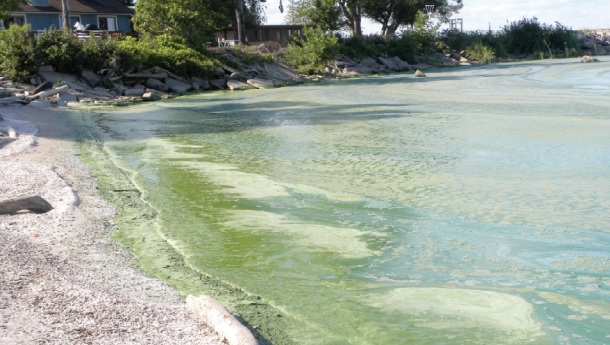Submitted Article
news@wbcowqel.com
Before visiting one of the many public access sites along Ohio’s 312-mile Lake Erie shore, the Ohio Department of Natural Resources (ODNR) would like to remind residents and visitors that recreating along Lake Erie’s shore and swimming in Lake Erie’s water are very different than swimming in inland lakes and pools. The ODNR Office of Coastal Management offers the following simple safety tips.
Don’t swim alone. Swim with a buddy in designated beach areas.
Designate a water watcher. A water watcher is a person who keeps tabs on members of the group and the weather, which can rapidly change. Take turns being the watcher so everyone can join in the fun.
File a float plan. Beach-goers should tell someone who is not going to the beach where they are going, when they are leaving and when they expect to get back.
Wear a life jacket. People should wear life jackets at the beach if they do not know how to swim, and life jackets should be worn during big waves. People who are only familiar with swimming in pools and inland ponds can be surprised at the force of currents and waves in Lake Erie.
Remember Lake Erie’s bottom is not flat. Sudden drop-offs from raised sandbars and changes in the lakebed can occur. Staying in waist deep water is a good rule of thumb for playing with friends.
Be aware of water currents while swimming. Water currents constantly circulate in Lake Erie and can pull swimmers out to deep water. Currents are nearly always present along structures and can be dangerously strong. Avoid jumping off or swimming near piers, jetties and breakwalls especially when there are waves on Lake Erie.
Learn what to do if caught in a current. Swimmers who get caught in a current should flip on their backs and float, or swim at a right angle away from the pull of the water and then toward the shore. Currents flowing faster than 2 mph are considered dangerous. Dangerous currents can exceed 5 mph — faster than an Olympic swimmer can swim (i.e., people cannot swim into a current and reach the shore).
Remember that Lake Erie’s water may still cold. At the begging of June 2015, Lake Erie’s surface water ranged from 56-66 ºF. Jumping into cold water (less than 70 ºF) can cause a person’s body to go into shock regardless of the air temperature or the person’s ability to swim. First, a person’s body will go into cold shock, making them gasp. If a person’s head is under water, they may suck in water and not resurface. If a person is wearing a life jacket, the body’s initial shock can cause panic, hyperventilation and an increased heart rate leading to a heart-attack – regardless of the person’s age. If a person is still afloat, swimming failure can set in after just three minutes because water draws heat away from a person’s body 25 times faster than air. True hypothermia will then set in after about 30 minutes. Experts recommend that people treat any water below 70 ºF as cold water and recreate accordingly. Daily updates on Lake Erie’s water temperature are found here: http://www.glerl.noaa.gov/res/glcfs/glcfs.phplake=e&ext=swt&type=N&hr=00
Learn the signs of drowning. People who are drowning are typically facing the shore with their mouth at water level, their head titled back and their body vertical. Typically their face will barely be breaking the water’s surface and will be the only visible part of their body. If people could see underwater, a drowning person’s arms and legs would be moving in a motion that would look like they are trying to climb out of the water.
Don’t swim out to help someone in the water without having a flotation device. If someone needs help, throw anything that floats to them such as a life jacket/ring, cooler or inflated beach toy. Seek help from others and call 911. Shout to the person in danger, direct them to flip on their back and float until someone can help them. Do not swim out to a victim and try to rescue him or her without having something that floats because all too often the rescuer can become the victim.
These safety tips are presented as part of the national Rip Current Awareness Week, June 5-15.
To learn more about beach safety, including videos of how to escape the pull of a current, go to the National Oceanic and Atmospheric Administration’s website dedicated to rip current safety at ripcurrents.noaa.gov.
Locations, maps and amenities for Ohio’s Lake Erie public access sites are found at coastal.ohiodnr.gov/GoCoast. Links to information about Lake Erie conditions including water quality, lake levels and the weather forecast is at coastal.ohiodnr.gov/howslakeerie.


